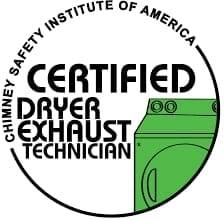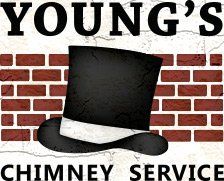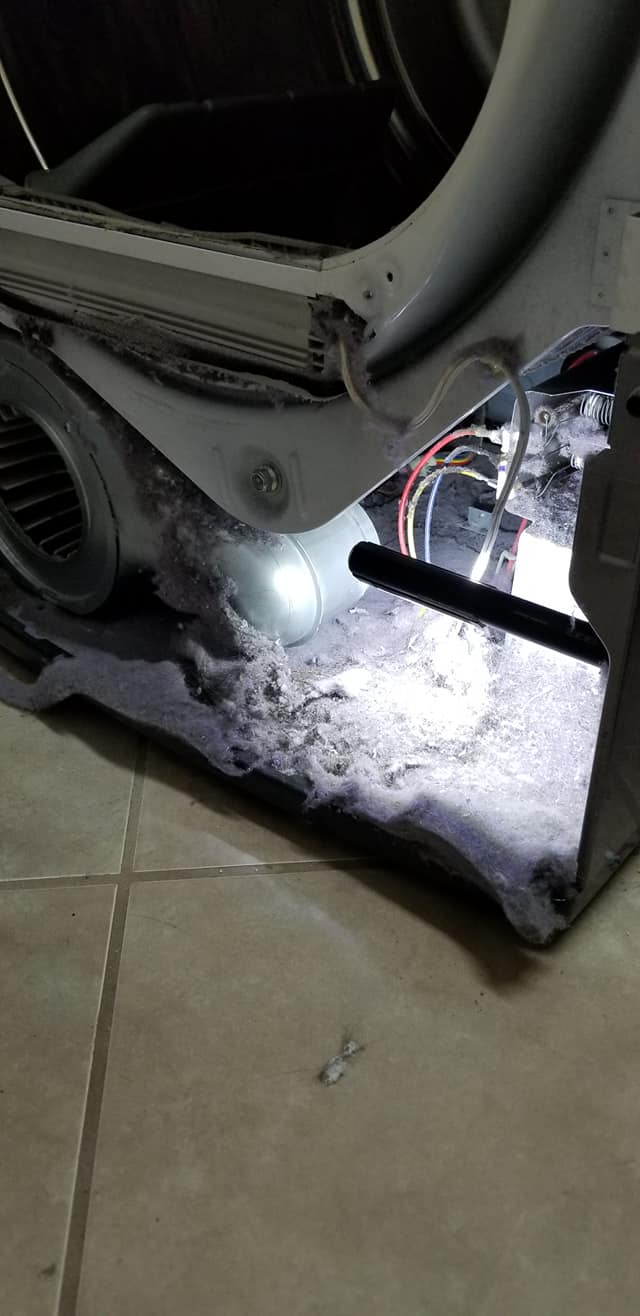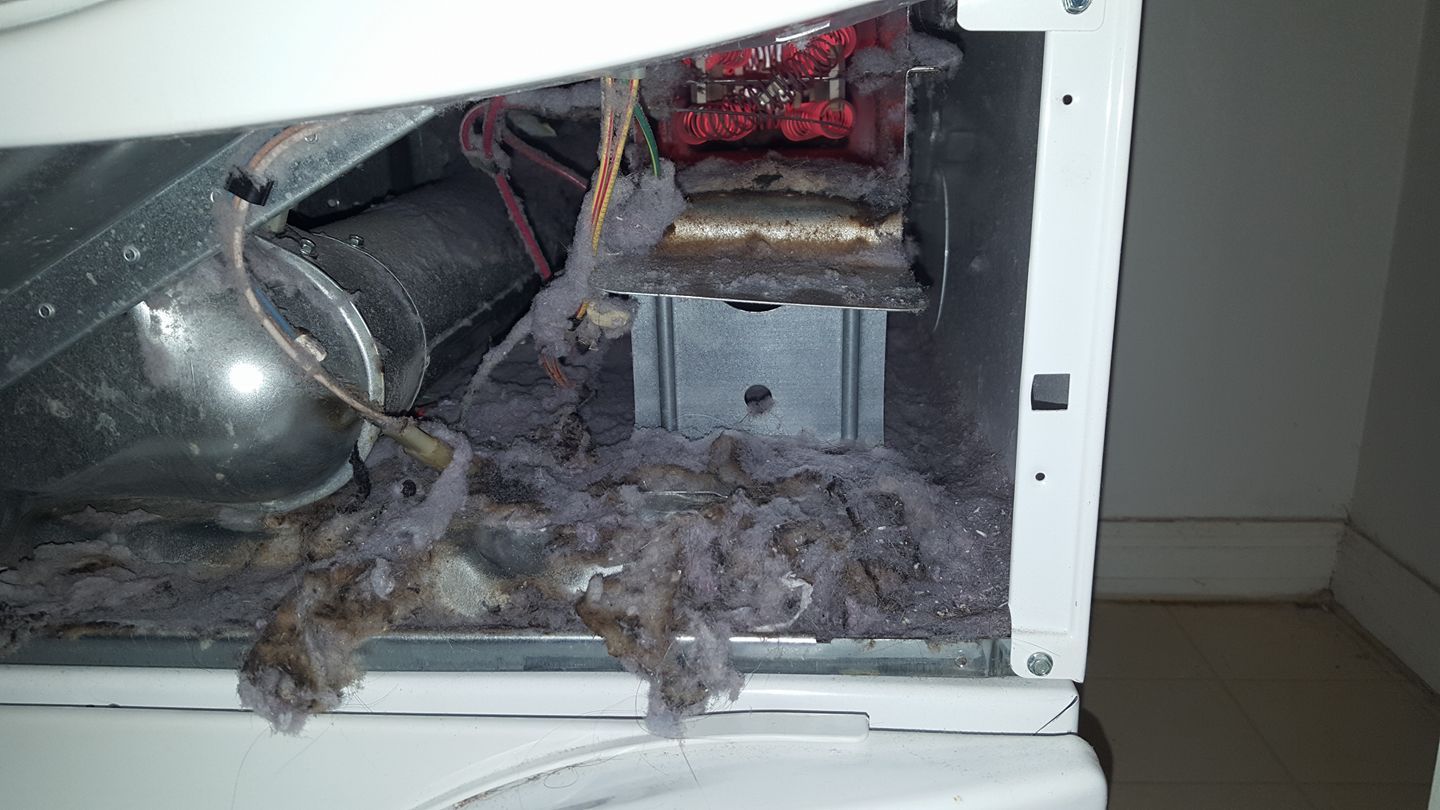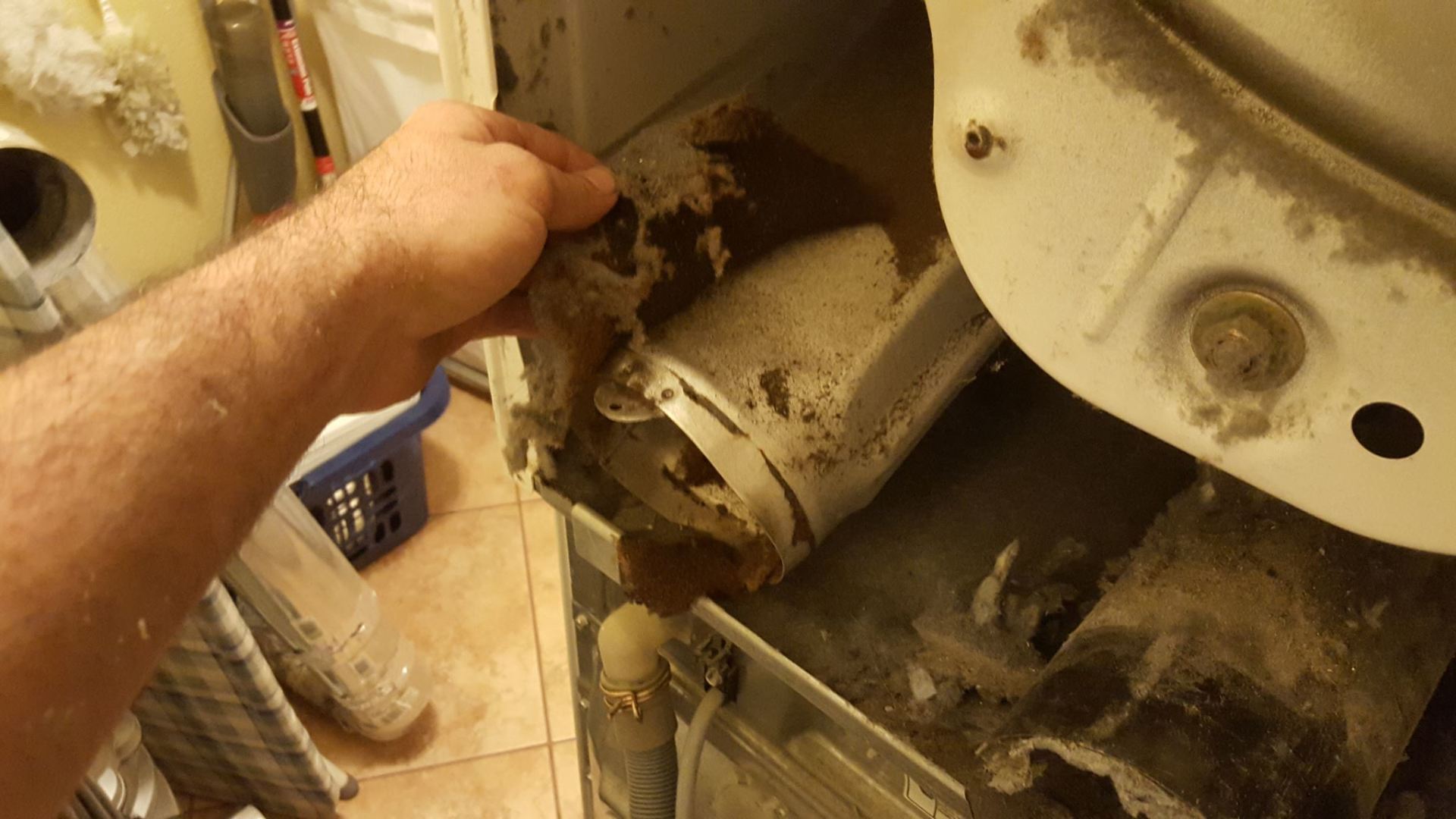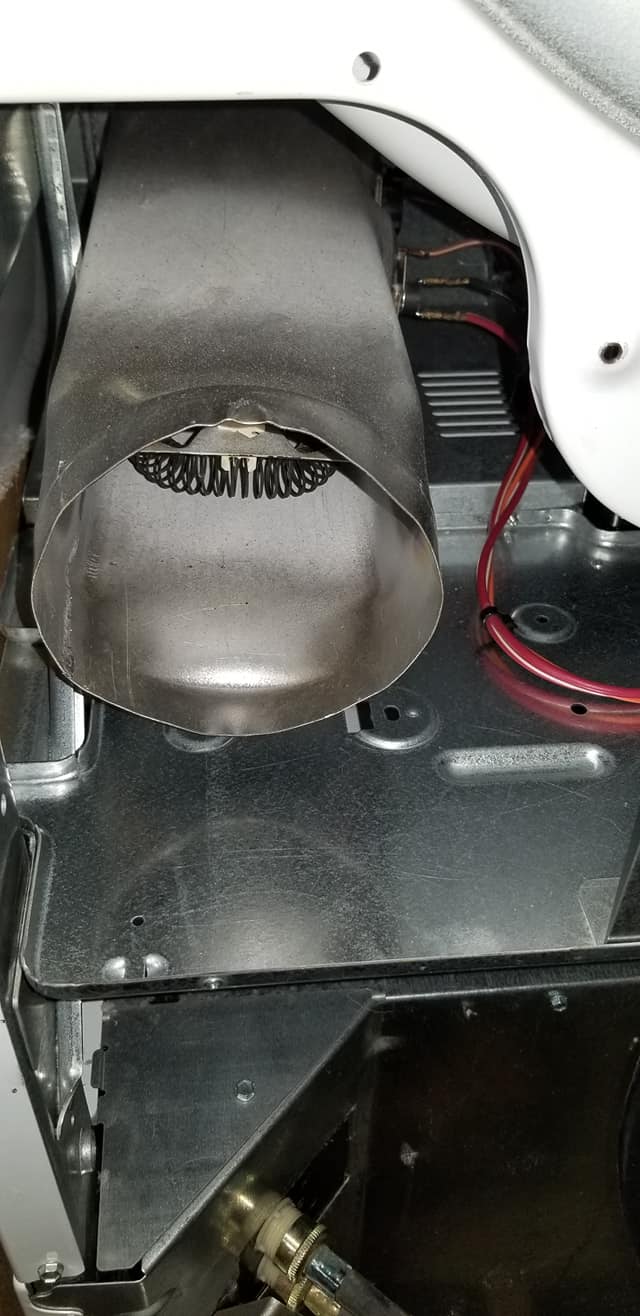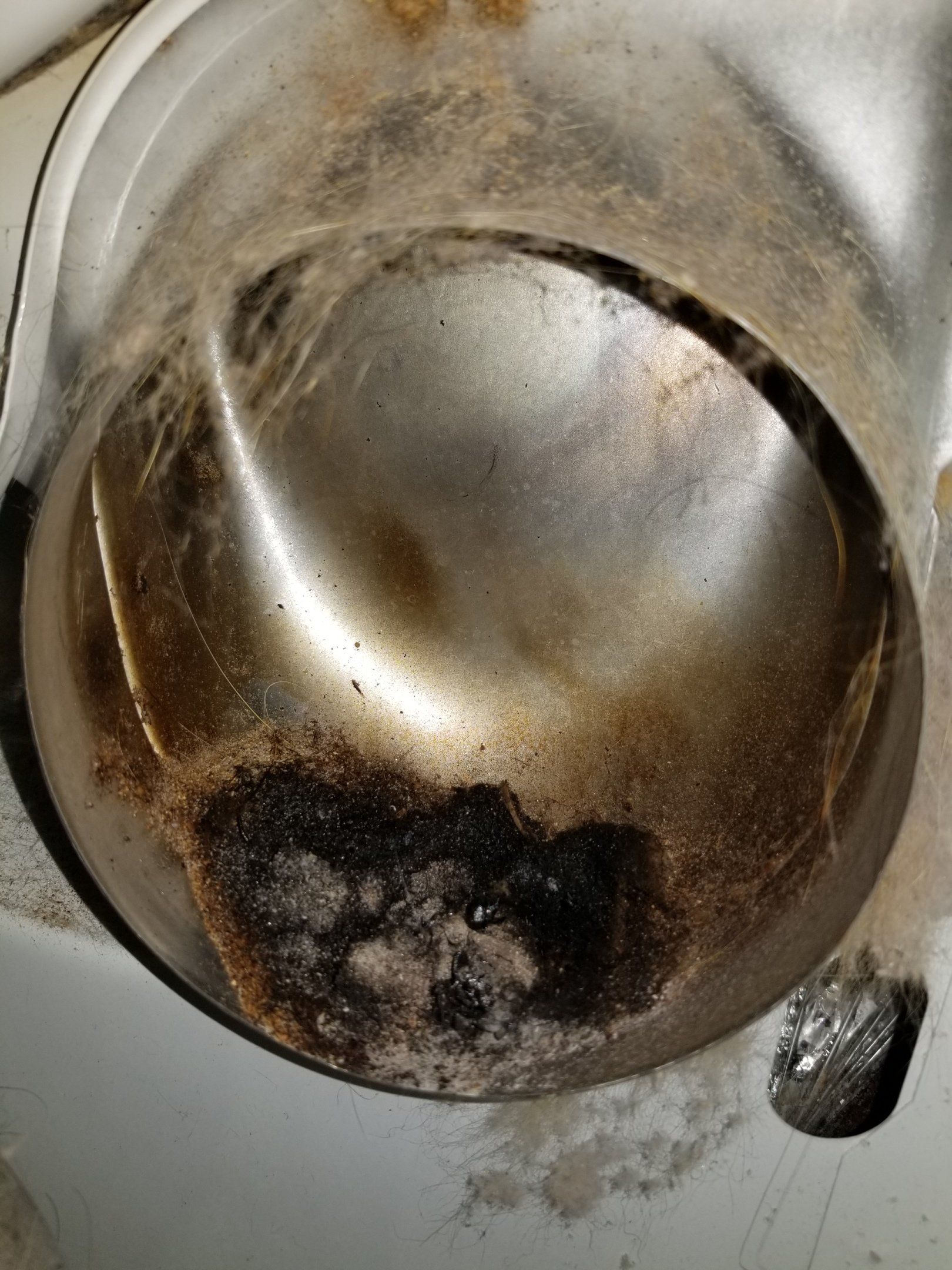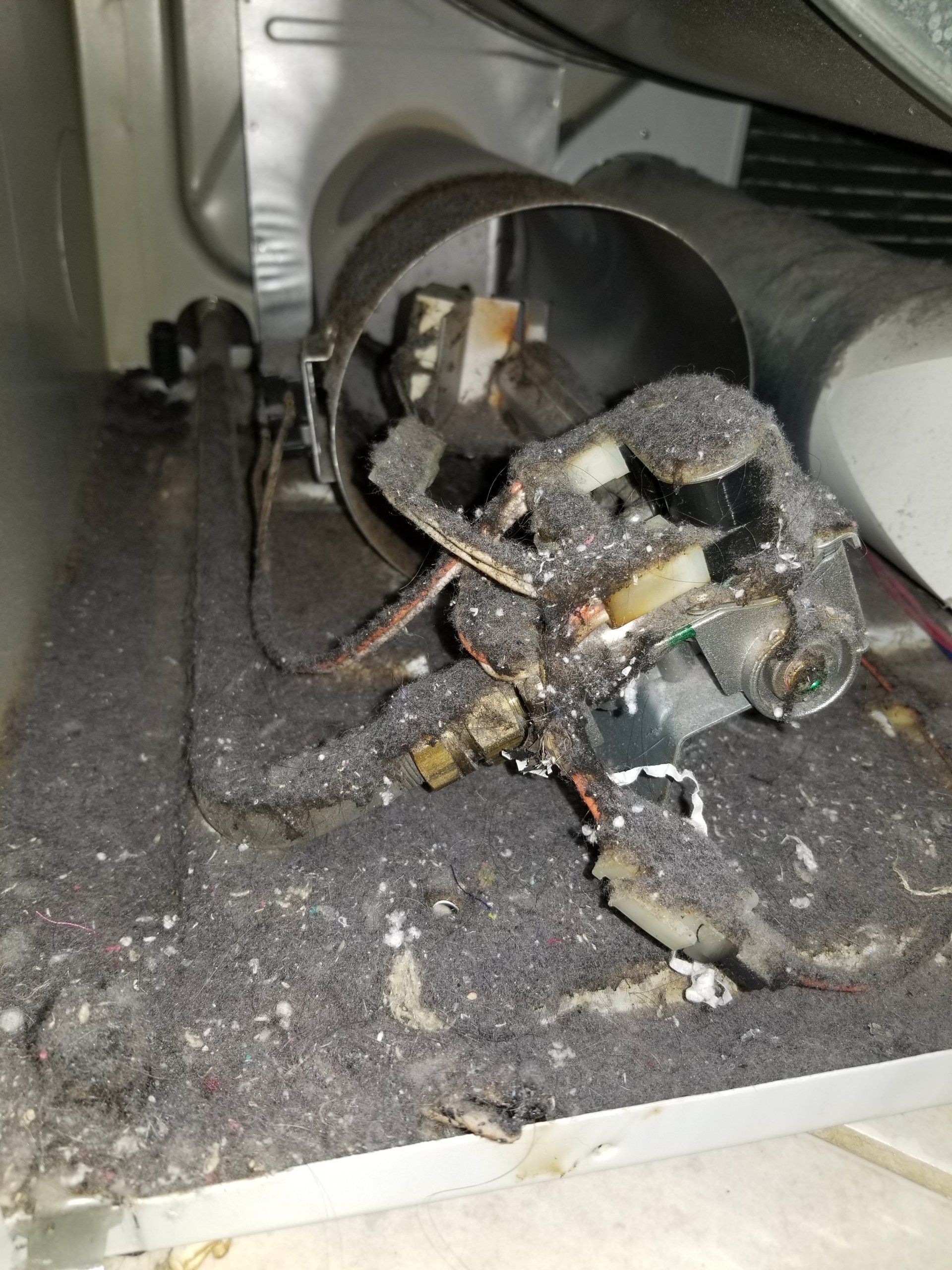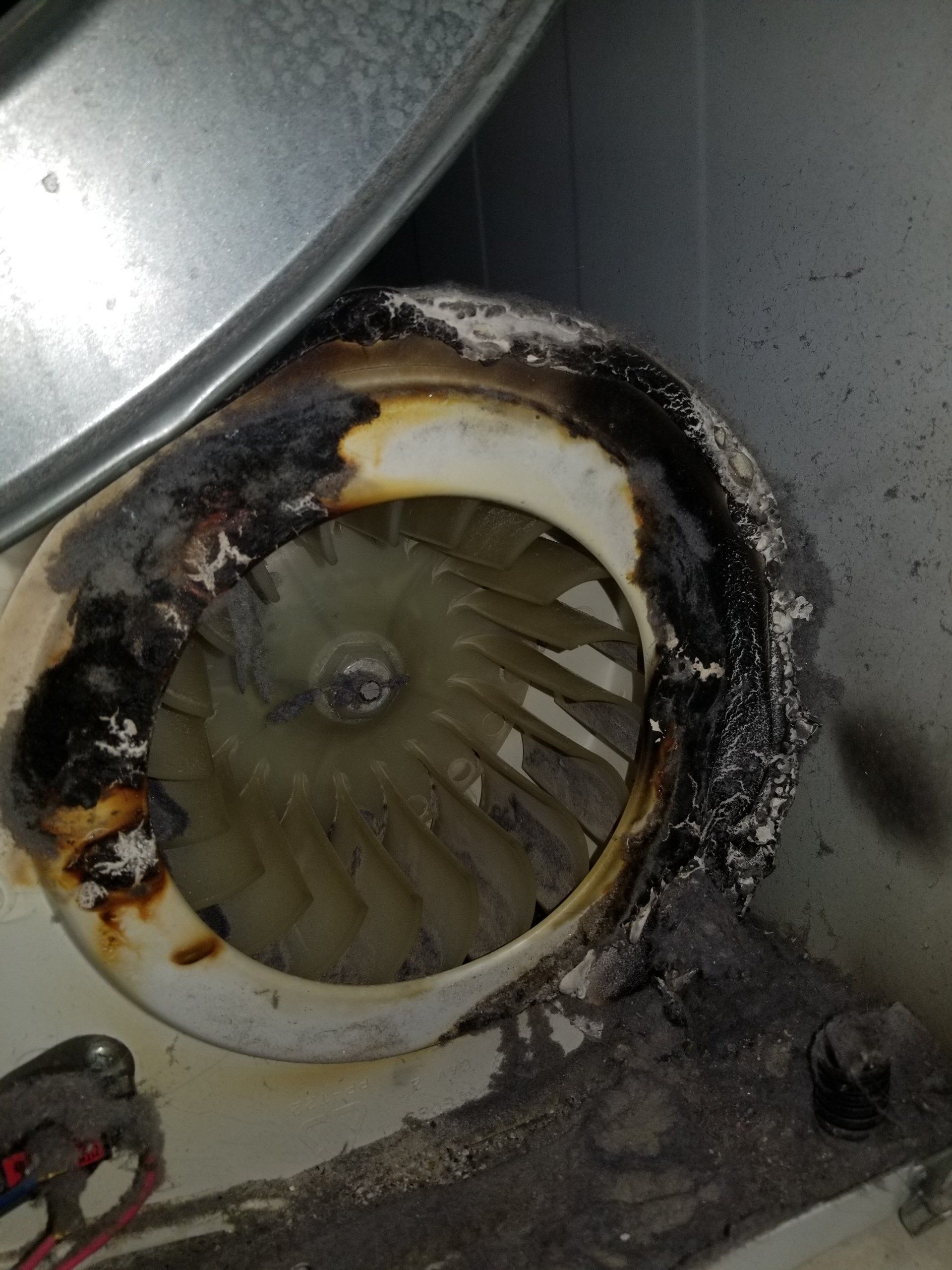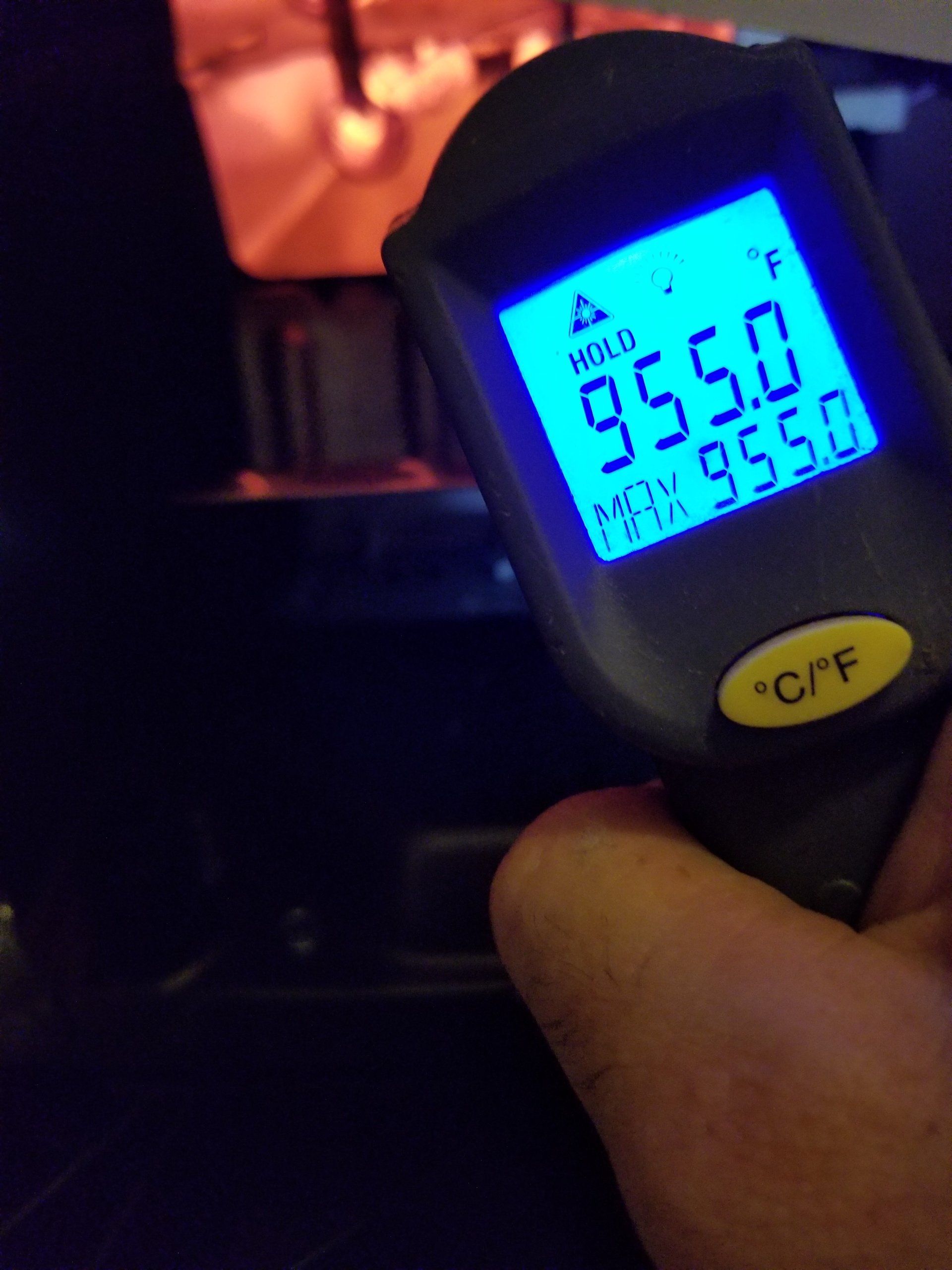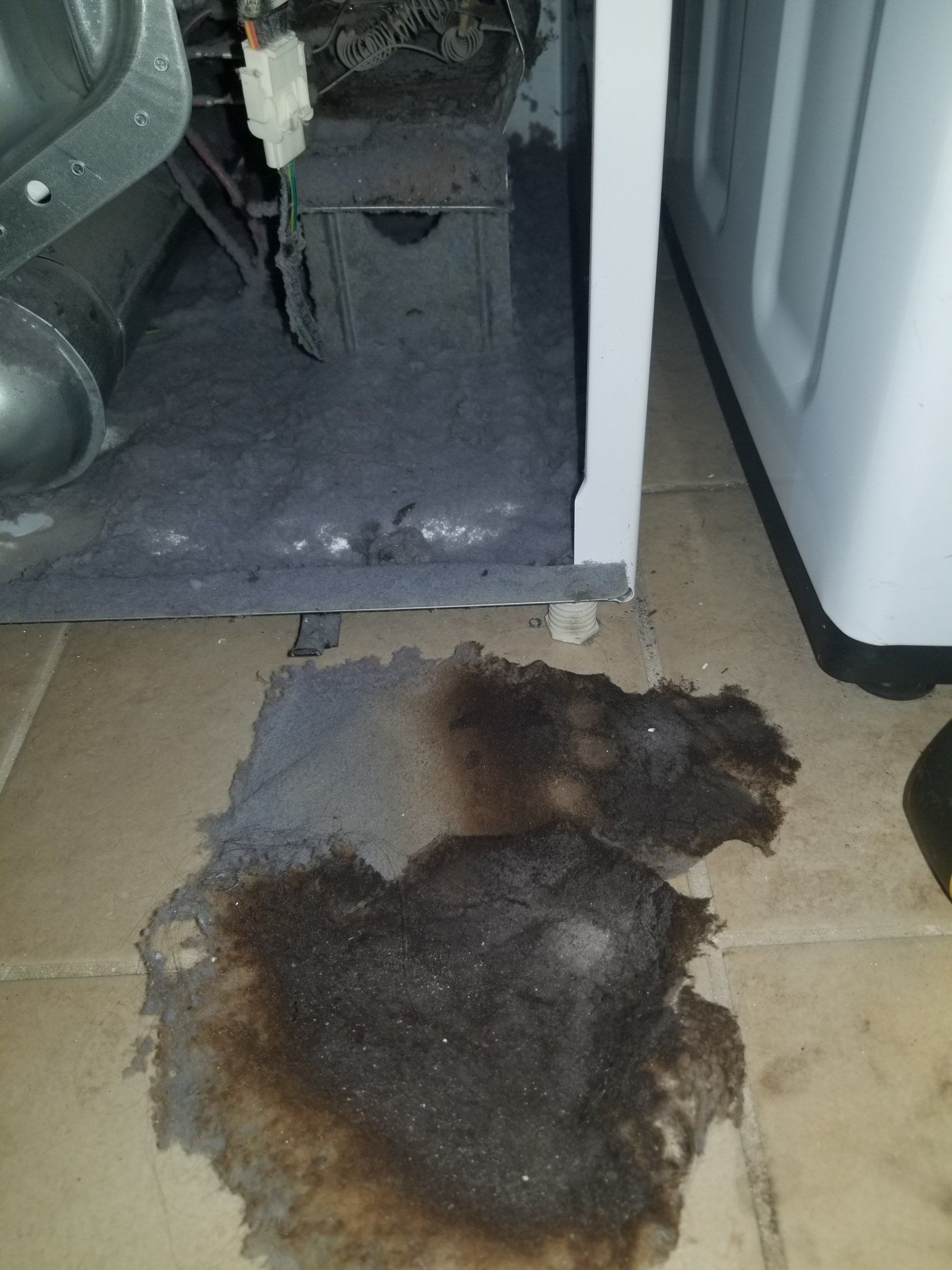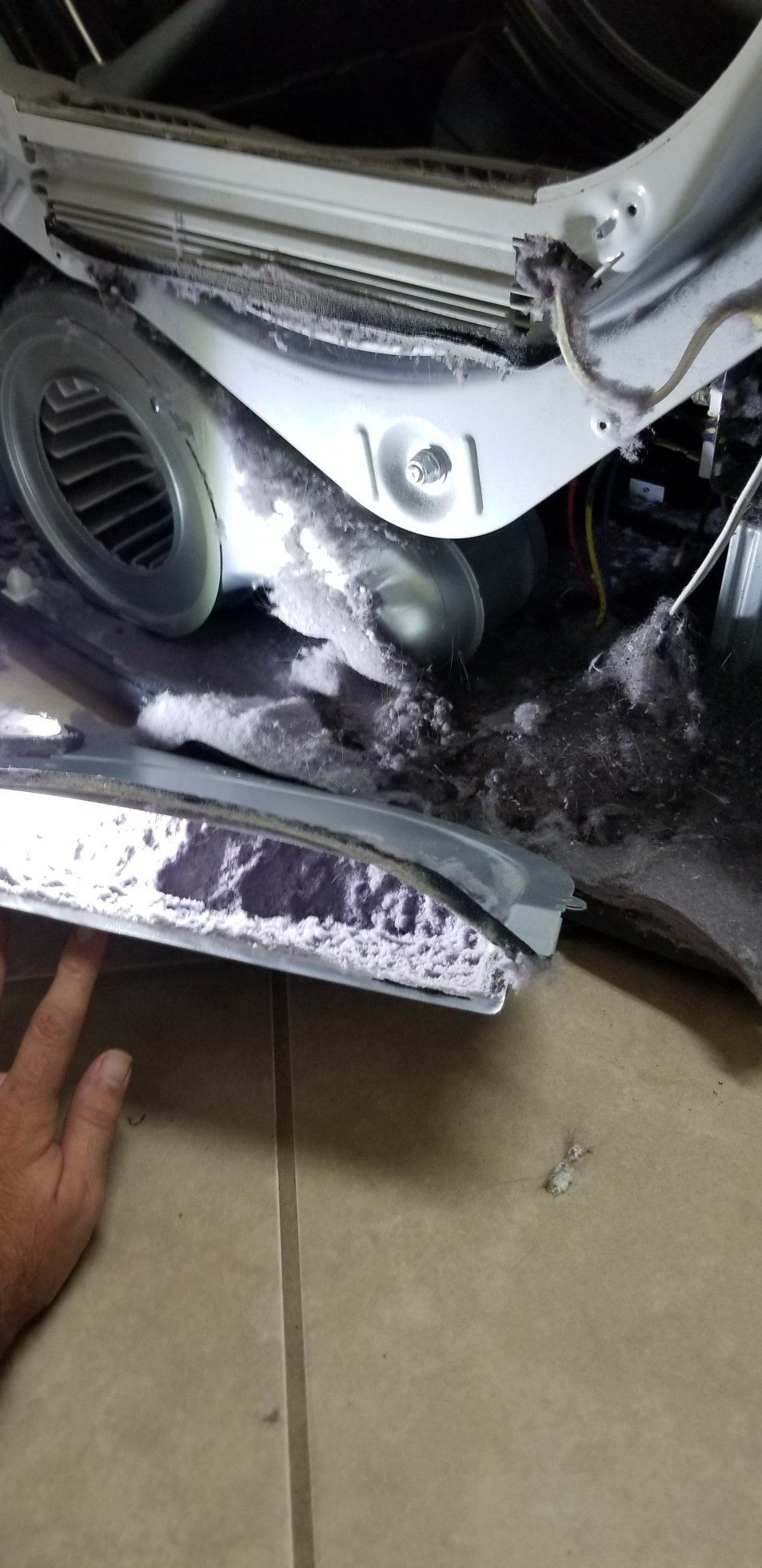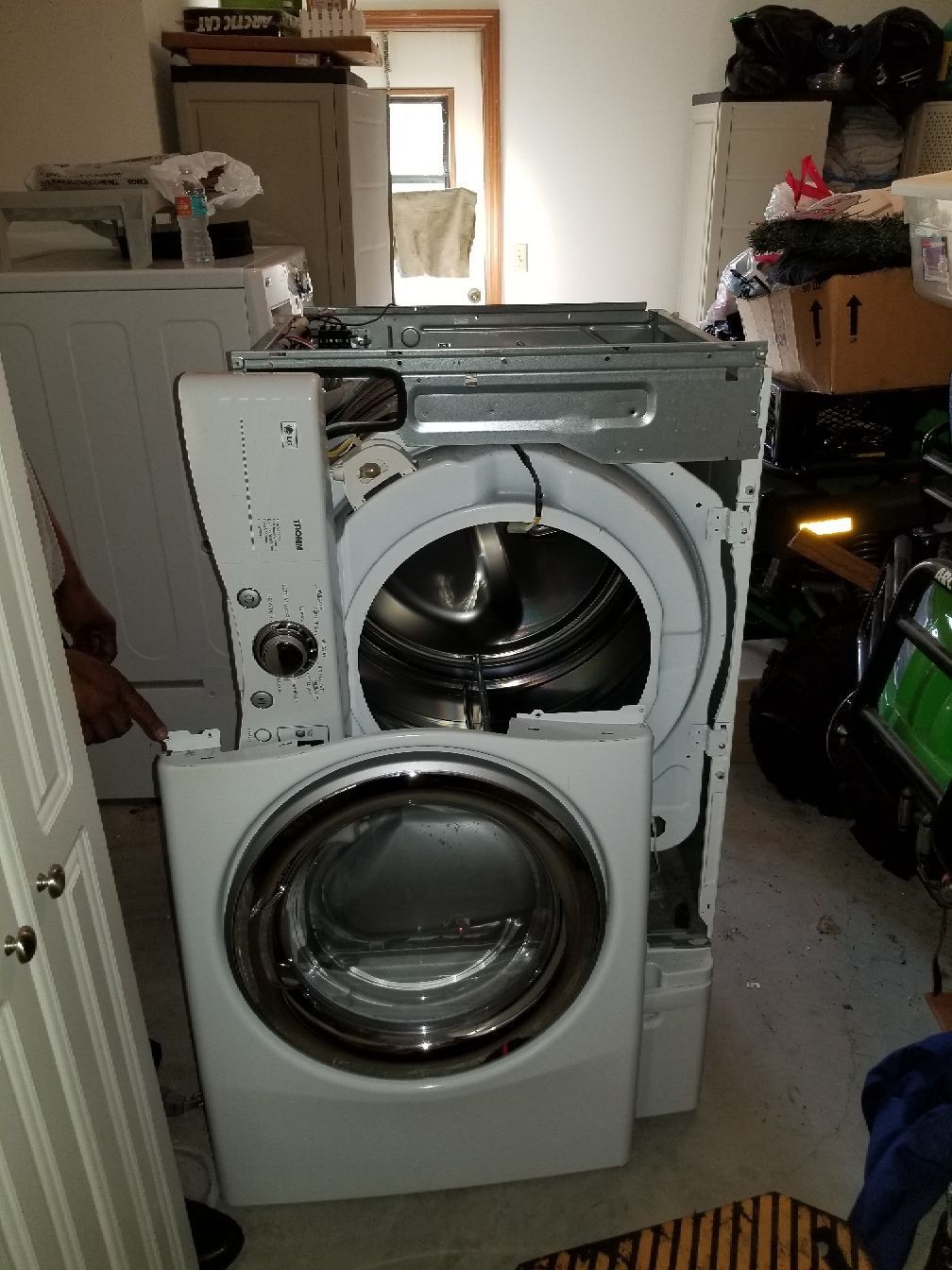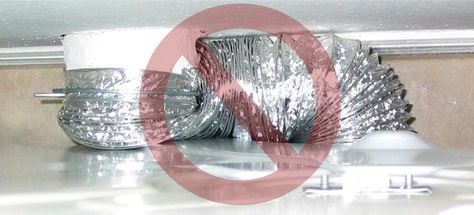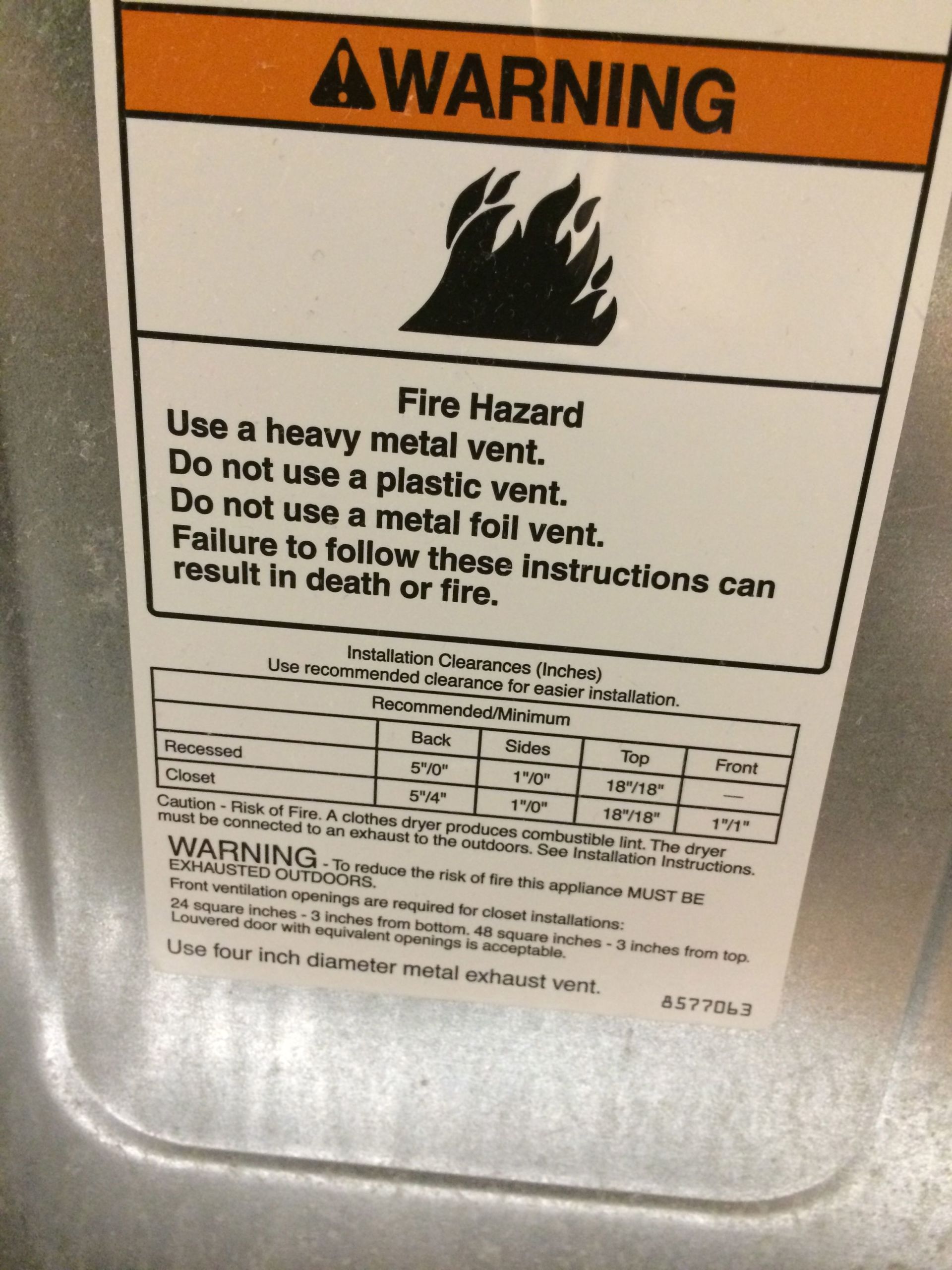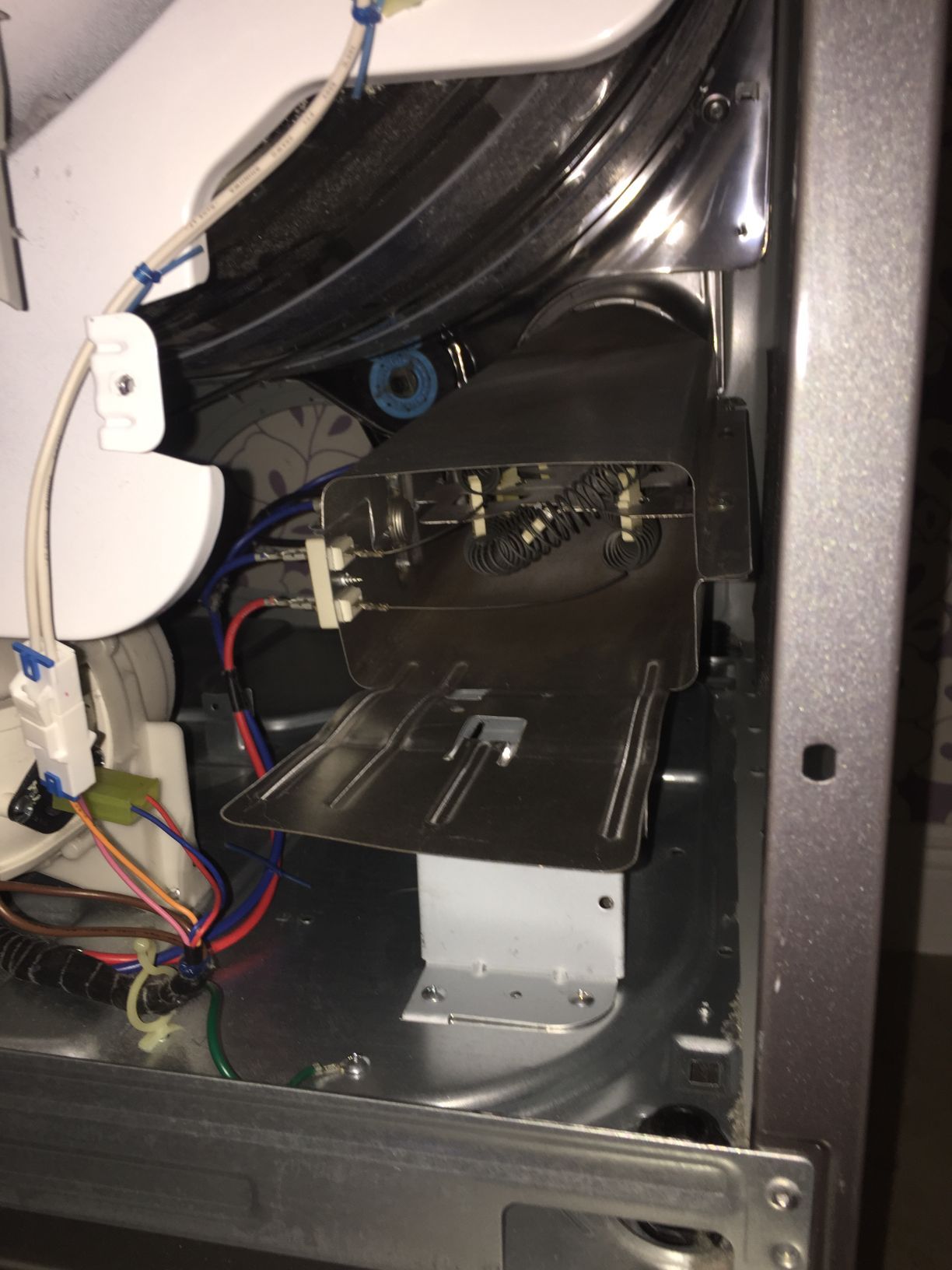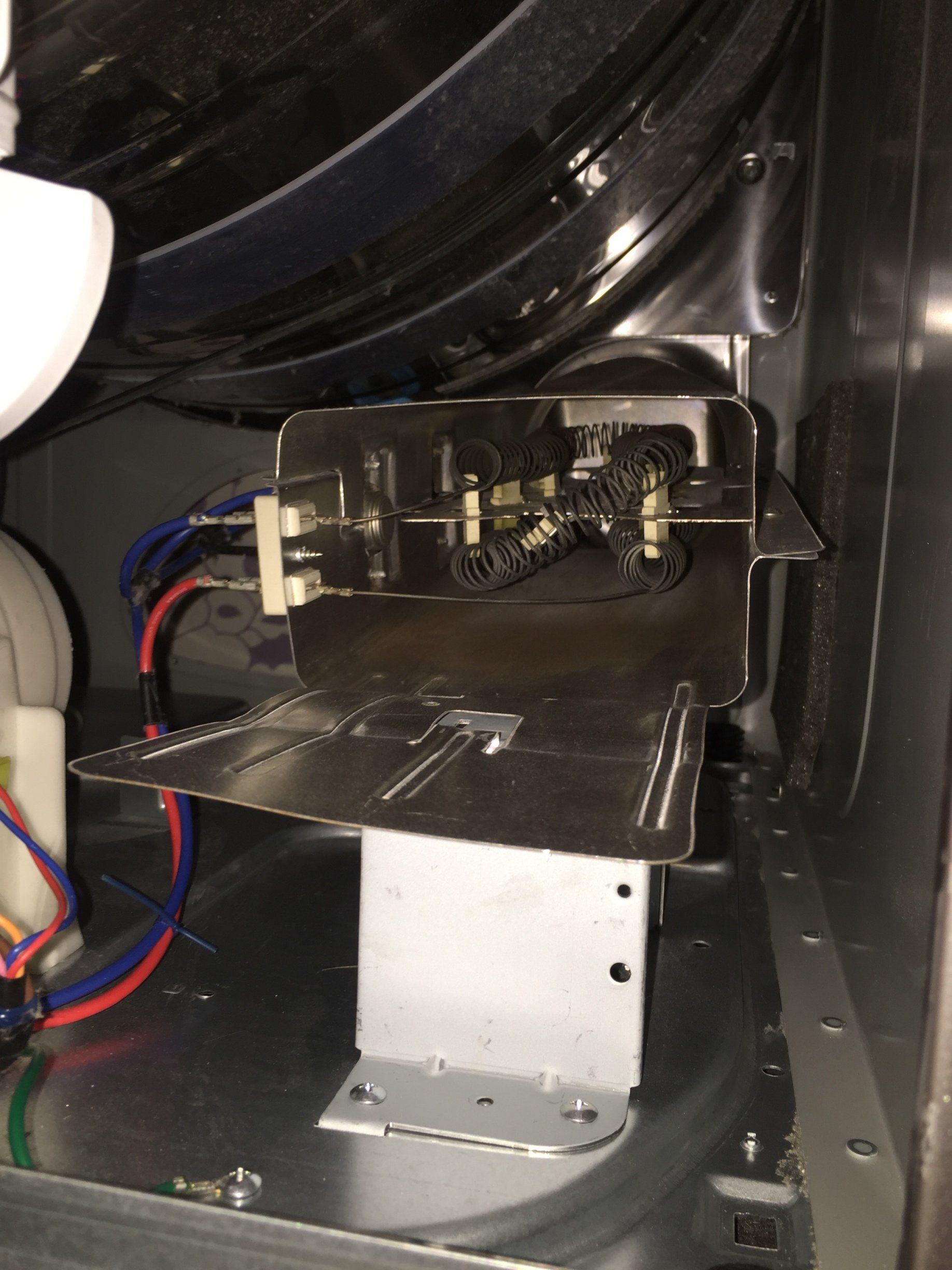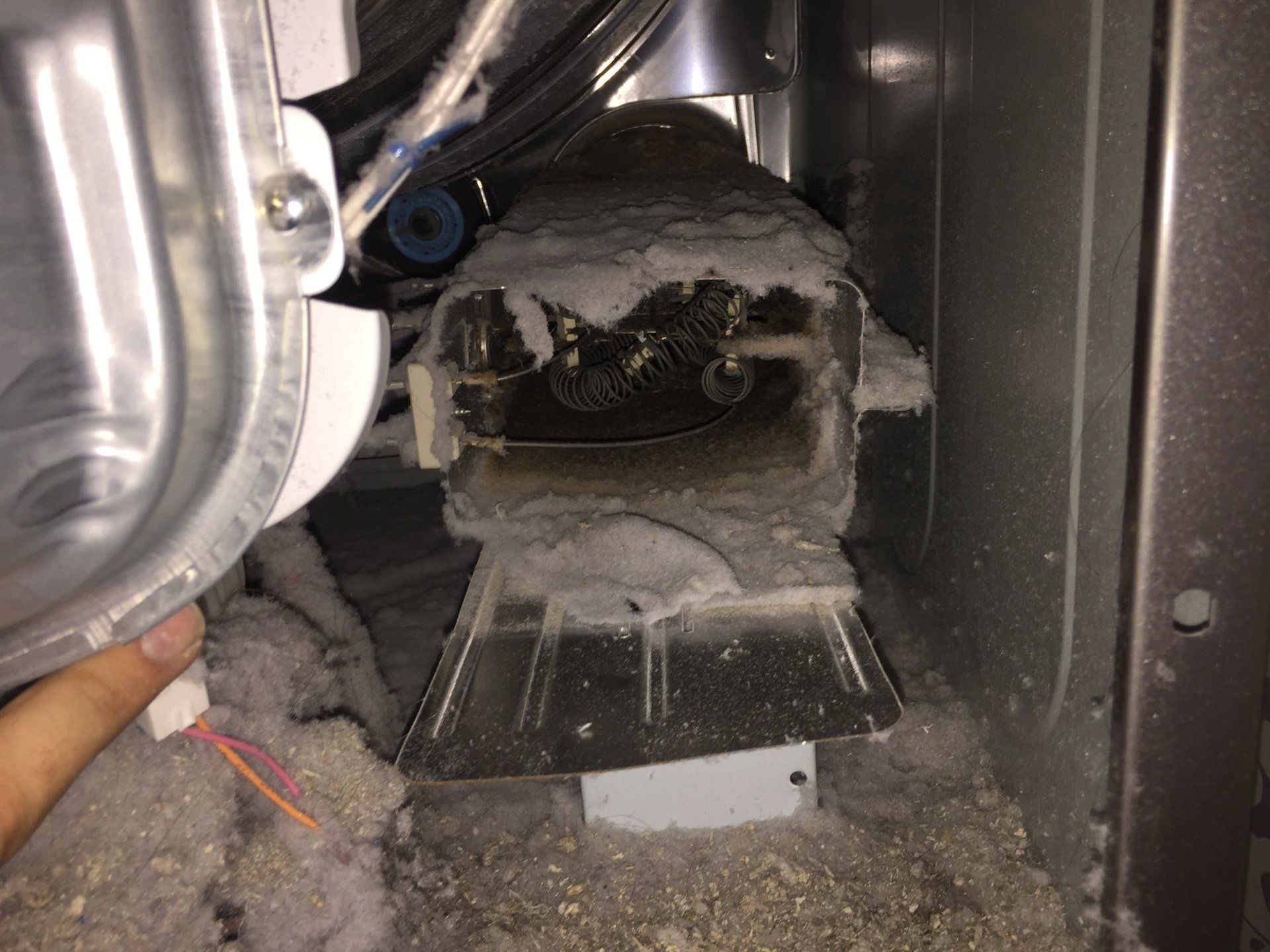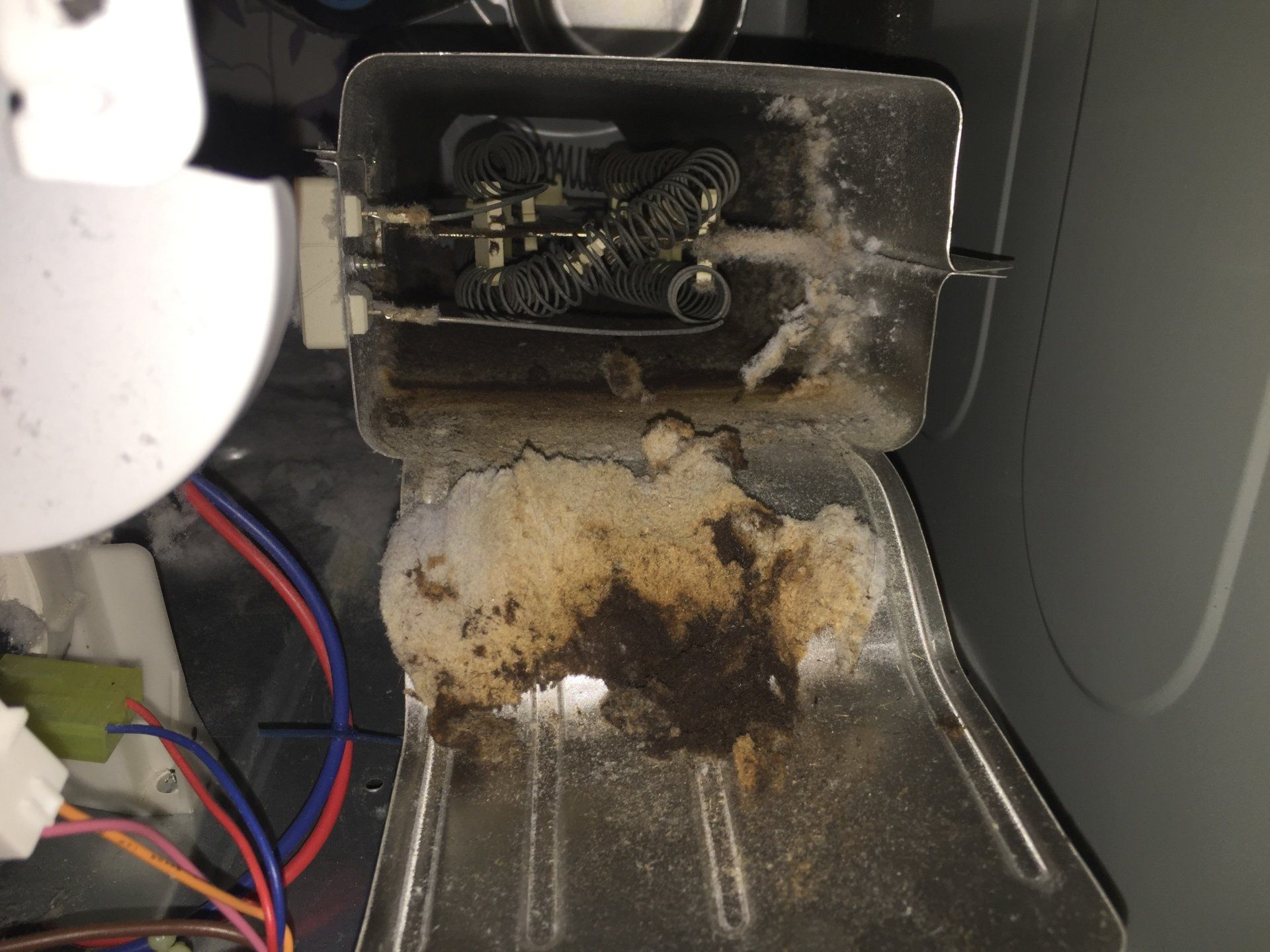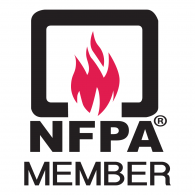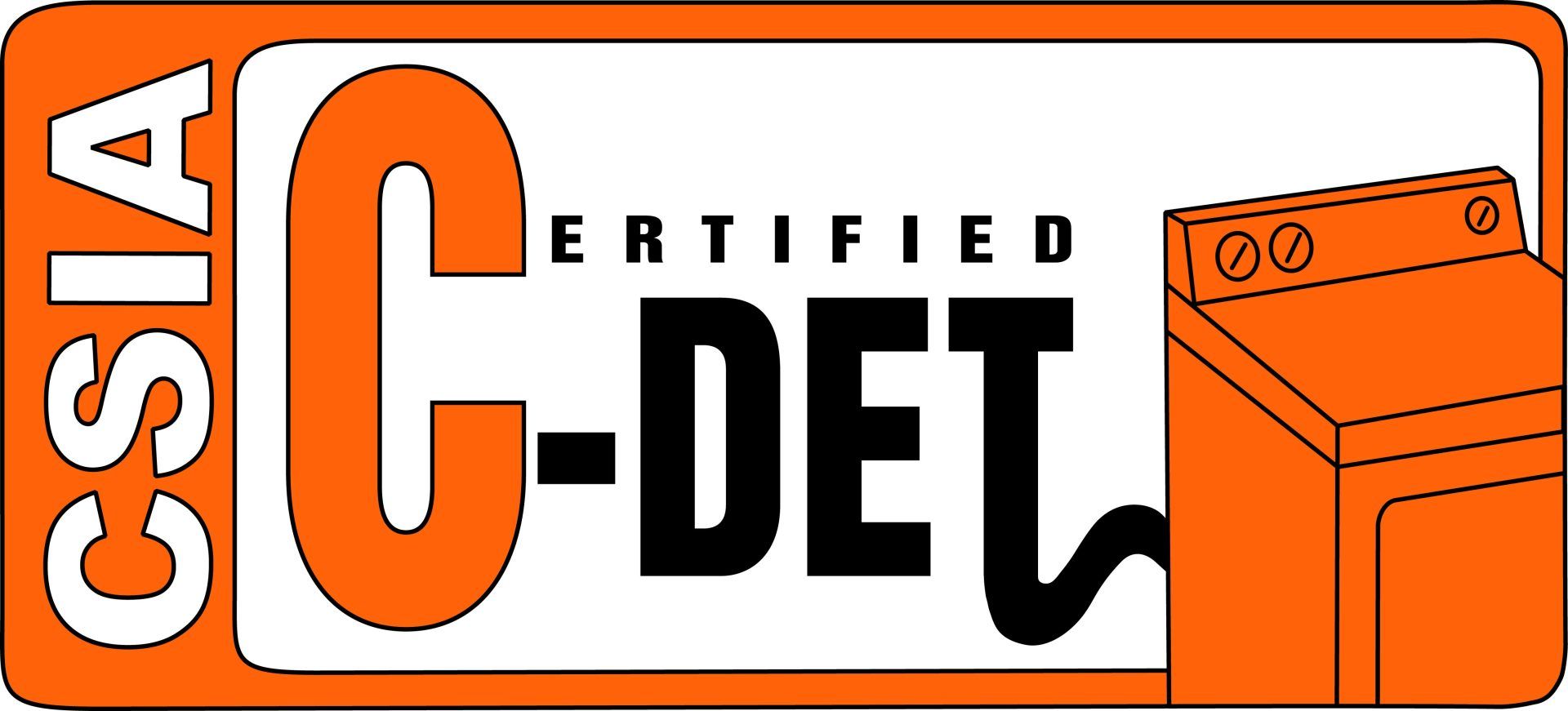It is important that the duct work behind the dryer is constructed of metal material. If the fire spreads from the Dryers heating element into the Dryer vent system the metal pipe will be able to contain the fire better then a flammable foil or plastic Duct. These foil and plastic ducts located behind your dryer not only are flammable but they also restrict your systems air flow. Most dryers from 1997 and up have a sticker on that back stating “Fire Hazard” Use a heavy metal vent. Do not use plastic vent .Do not use a metal foil vent. Failure to follow these instructions can result in death or fire! Duct work should be metal. We have tested the air flow difference between these ducts (metal & Foil) and found a 20%-30% increase in airflow with the proper metal vent when measured with our air flow measurement device. See video below. We believe that it is best to have this ductwork behind the dryer professionally installed. If the ductwork behind the dryer is not sealed properly it will leak flammable lint along with hot air. In the case of a Gas heated dryer carbon monoxide will leak into the laundry room if not attached properly. If lint is leaking behind the dryer the dryer will draw this flammable lint into the heating element coils and may cause a fire.
Flammable Lint Removal
Dryer vent Fires: How They Really Happen
This is how a catastrophic dryer vent fire occurs. First and for most lets clear a common misconception. Almost all Dryer vent companies in Central Florida will advertise that cleaning your Dryer vent will prevent a Dryer vent fire. This statement is a half truth.
The clothes dryer heating element is actually where a dryer vent fire begins its catastrophic destruction and ignition. Yes a clogged Dryer vent causes a fire hazard but maybe not how you may think. When the dryer vent is clogged and is not able to exhaust heat air and lint freely to the outside of your home. The issue if your dryer vent system is clogged the dryer is still pushing that heat air and lint somewhere. This is when “Backpressure” happens. “Backpressure” of lint in the dryer vent world is the real cause of the fire hazard. Lint that cannot exhaust out doors will now push back into you dryer cabinet passing though leaky seals where you cannot see. It is impossible to know the condition of your dryer internals without disassembling your dryer and doing a quick inspection for flammable deposits near on or in areas that get extremely hot. Annual inspection of your Dryer heating element is highly recommended.
Inside your dryer is a heating element that reaches temperatures over 1000 degrees Fahrenheit. I hope your starting to get the picture. The lint in or on the heating element ignites on fire first. Next the fire uses the lint on the floor of the dryer as fuel and eventually works its way into the Dryer vent exhaust system. If the Dryer vent is full of flammable lint then the fire continues its path of destruction.
Foil or Plastic Dryer Vent Ducts? Your System's Weakest Link
Common Dryer Vent Repairs
- Missing Hanger Replacement
- Vent Line Break Repair
- Screw Removal
- Vent System Updating for Code Compliance
- Vinyl or Foil Vent Replacement to Strong, Metal Vent Systems
- Outdated Dryer Vent System Replacement
- Re-taping Joints with Foil Tape
Signs Your Dryer Vent System is Broken
- Mold Growth
- Dryer Fire
- Carbon Monoxide Build-up
- Clothes Not Drying
If you’re having issues with your dryer vent system, request an appointment from Young’s Chimney Service in Orlando, FL for professional dryer vent repair and installation: 407-322-1181.
